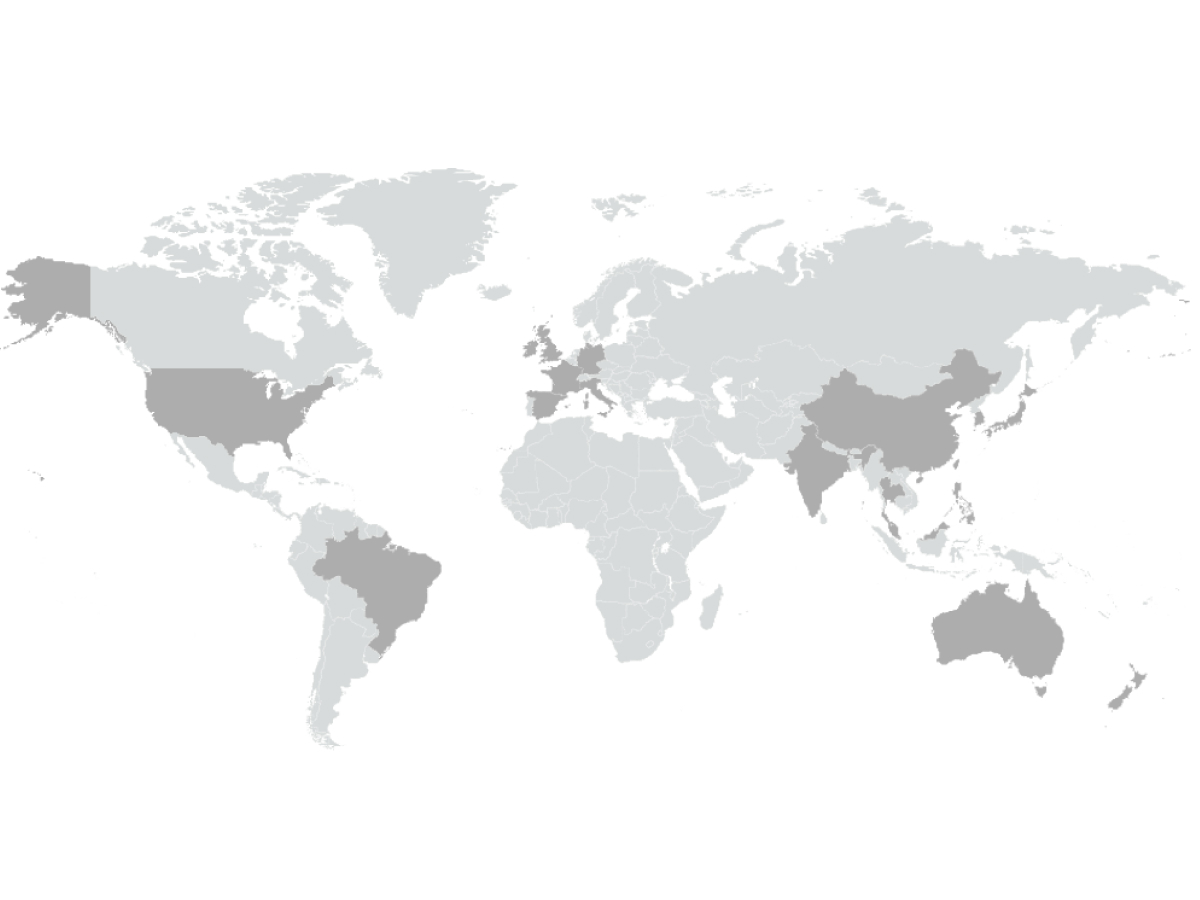The best trading strategies require a highly resilient and scalable infrastructure. Many factors affect low latency trading, especially hardware location and the resiliency of an infrastructure’s architecture, including both the scale and power of network connectivity. The key is to provision powerful servers housed in close proximity to the exchange matching engines, lowest available latency connectivity and immediate access to global market data sources.
What is Colocation?
Data center exchange colocation is when a firm locates its computer equipment in a data center managed by a third party. Financial markets, exchanges and trading venues make space available within their data centers for financial institutions and managed services providers to colocate.
Originally firms colocated their trading platform as close as possible to the exchange matching engine to benefit from ultra low latency trading. Drivers have since expanded to include achieving deterministic latency, access to accurately time-stamped market data and connectivity to other venues, counterparties and cloud services, which appeals to a wide group of capital markets participants. The main advantage in colocating at a trading venue’s data center is gaining direct access and proximity to the venue’s matching engine, trading network and data to reduce latency.
Latency Matters
Low latency is vital for algorithmic trading. It is the time taken for a piece of data on a network to travel from one endpoint to another and is measured in fractions of a second. Reducing latency is crucial for traders, as it means they can be more responsive to rapidly changing market conditions.
Many factors affect latency, especially hardware location and network connections. Trade execution speed is critical in maximizing profit, and a competitive advantage comes from having the best communication links to hardware in the best location.
TNS’ ultra-low latency Layer 1 technology for exchange direct access inside the data center was the first architecture of its kind to be offered and deployed globally. It eradicates the need for multiple switches by using a simple, single-hop architecture to deliver direct exchange connectivity in as little as 5 to 85 nanoseconds.
Factors to consider when moving a data centre from one jurisdiction to another
With Euronext migrating from Basildon to the Aruba Global data center IT3 in Bergamo and London Stock Exchange Group (LSEG) moving trading access to a new venue, participants need to consider data center location and speed for trading success.
Working with an expert provider that knows the local rules and regulations is paramount when a data center moves jurisdiction. Outsourced providers give access to a suite of services in a new location including order routing, market data and the procurement, installation and management of trading infrastructure. They can make the process of moving location less stressful and more efficient, with a single point of contact and 24-hour access to both technical and exchange specialist expertise.
A “DIY” approach versus a managed service mode
A do-it-yourself (DIY) approach is when a company arranges the installation, configuration, connectivity and monitoring of its data center equipment within the space leased from the exchange in-house. There are several things to consider when using a DIY approach, including how much space and power is required now and for the future, as well as network connections, bandwidth, latency, market data feeds and the need to connect to additional third-party data or services.
Managed service providers offer space within the data center to their clients. This can be divided into cabinets and racks, as well as the opportunity to benefit from fractional occupancy down to a single rack unit, which means businesses can lease exactly the right amount of space for their trading network infrastructure services requirements and scale up and down as required.
Connectivity, market data, power and space costs can quickly add up to tens of thousands of dollars per month. On top of these fees are additional capital costs for equipment and staffing for support and maintenance. Trading organizations looking to colocate need to seriously consider if they have the skills, understanding, resources and bandwidth in-house. For most, the answer will be ‘no’, and they will need to use a managed service provider to architect, install, configure, manage and support their collocated trading infrastructure for the best outcome.
Future-Proof
There is a significant advantage to be able to future-proof a trading infrastructure by working with a colocation services provider that has experience in managing vast amounts of raw market data, can support multicast requirements and is able to offer scalable solutions. As traders diversify, their market data feed demands can place excessive network capacity pressures on their infrastructure, sometimes running into tens of gigabits.
The benefits are many for a trading firm that choses to work with a provider that can easily accommodate these requirements and handle data bursts, including those seen on many recent occasions due to market volatility caused by medical, political and economic events.
Jeff Mezger is Vice President of Product Management at TNS with responsibility for its managed services for the financial industry.





